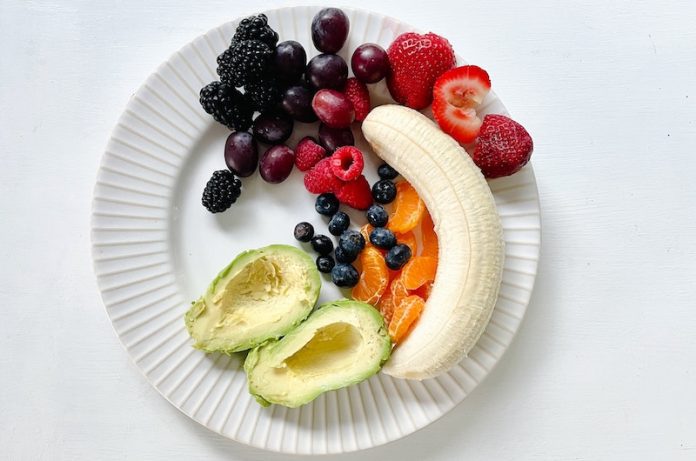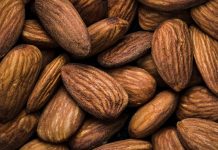
In recent years, the Paleo diet has gained popularity as a way of eating that mimics the dietary patterns of our ancestors from the Paleolithic era.
This diet emphasizes whole foods such as lean meats, fish, fruits, vegetables, nuts, and seeds while avoiding processed foods, grains, dairy, and added sugars.
Apart from its potential benefits for weight loss and overall health, there is growing interest in understanding its impact on blood pressure levels.
In this study review, we will explore the research evidence regarding the Paleo diet and its effects on lowering blood pressure.
Understanding Blood Pressure
Blood pressure is the force exerted by circulating blood against the walls of the blood vessels. High blood pressure, also known as hypertension, is a condition where the force of blood against the vessel walls is consistently too high.
Over time, hypertension can increase the risk of heart disease, stroke, and other health problems.
Research Evidence on the Paleo Diet and Blood Pressure
Study 1: In a study published in the European Journal of Clinical Nutrition, researchers compared the effects of a Paleo diet and a traditional low-fat diet on blood pressure.
They found that individuals following the Paleo diet experienced greater reductions in systolic and diastolic blood pressure compared to those following the low-fat diet.
Study 2: Another study published in the American Journal of Clinical Nutrition examined the impact of the Paleo diet on blood pressure and found that it resulted in significant reductions in both systolic and diastolic blood pressure among participants.
Study 3: A study published in the Journal of Internal Medicine investigated the effects of the Paleo diet on blood pressure and found that it led to a decrease in both systolic and diastolic blood pressure, indicating its potential as an effective dietary approach for managing hypertension.
Benefits of the Paleo Diet for Blood Pressure
Nutrient-Dense Foods: The Paleo diet emphasizes whole, unprocessed foods that are rich in nutrients such as potassium, magnesium, and fiber. These nutrients have been associated with lower blood pressure levels.
Weight Loss: The Paleo diet, when followed properly, can contribute to weight loss. Excess weight is a known risk factor for high blood pressure, and losing weight can help lower blood pressure levels.
Reduced Sodium Intake: Processed foods, which are restricted in the Paleo diet, are often high in sodium. By avoiding processed foods, individuals following the Paleo diet naturally reduce their sodium intake, which can help manage blood pressure.
Conclusion
Based on the available research evidence, the Paleo diet shows promise in lowering blood pressure levels.
By focusing on whole, unprocessed foods and reducing sodium intake, this dietary approach may provide benefits for individuals with hypertension.
However, it is important to consult with a healthcare professional or a registered dietitian before making any significant dietary changes, especially for individuals with existing health conditions.
Remember, a healthy lifestyle involves not only a balanced diet but also regular physical activity, stress management, and adequate sleep.
By adopting healthy habits and making informed choices, we can take positive steps toward maintaining optimal blood pressure and overall well-being.
Copyright © 2023 Scientific Diet. All rights reserved.








